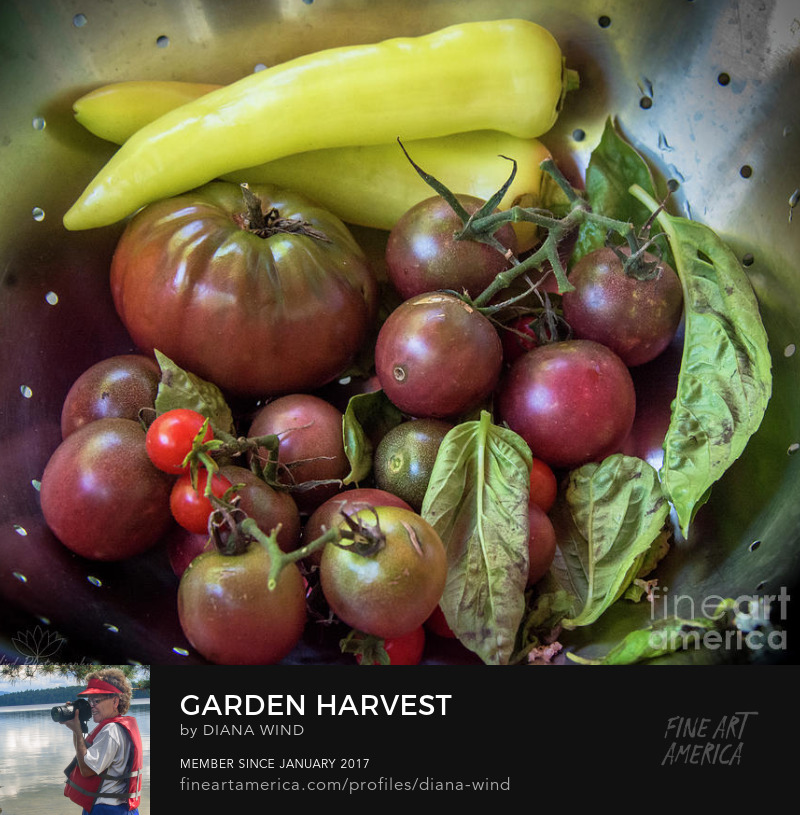A Wedding Favor with Flavor
Peppers add great flavor to foods. Easy to grow, they like the summer heat and can survive occasional neglect. Fresh picked peppers add nutrients and flavor to meals and garden salads. Abundant harvests can be dried for uses in spice rubs and seasoning mixes. This summer we plan on growing Alma peppers, to dry for paprika.
Reduce Salt with Dried Seasonings
The recent 2010 Dietary Guidelines for Americans recommends consuming no more than 2,300 milligrams of sodium (about 1 teaspoon of salt) a day. And for salt sensitive populations* - over half of all Americans - the amount of sodium recommended per day is less than 1,500 milligrams. *Salt sensitive populations include African Americans, those over age 51 and people with high blood pressure, diabetes or kidney problems.Dried herbs and spices serve as a good substitute to high salt in prepared foods. The American Dietetic Association supports using herbs, spices and spice rubs in cooking in place of salt. And the American Heart Association recommends preparing foods with little or no salt to reduce the risk of cardiovascular disease.
Wedding Favors with Flavor
Last summer my cousin Kristine got married. Their wedding favors were adorable little containers of homemade gourmet spice rub. She said they had a lot of fun making them too! Here is a recipe that we use for a tasty low salt dry rub: Spicy Dry Rub
1 Tablespoon (T) paprika
1 T brown sugar
1 teaspoon (tsp) ground black pepper
1 tsp cayenne pepper
1 tsp hot pepper flakes
1 tsp garlic powder
1/2 tsp onion powder
1/2 tsp dry mustard
1/4 tsp chili powder
1/4 tsp cumin
1/8 tsp celery seed
1/8 tsp salt
Combine ingredients and store in an airtight container kept in a dark place. For use in wedding favors, make a large batch and portion into small containers labeled with the names of the bride and groom and their wedding date. They may opt to add a personal note on a color coordinated card attached with ribbon. The message on the back of Kristine and Matt's Spice Rub card said, "Thank you for celebrating with us!"
Enjoy on barbecued ribs or chicken.
Note: Many of our homemade spice rubs are adapted from spice rub recipes found in the Jack Daniel's BBQ Cookbook. Be creative in your cooking and don't hesitate to reduce the salt called for in the recipe or to add or delete ingredients.
Related Links
Homemade Ground Pepper Spices
American Heart Association on Sodium
Blog Article and Photograph Copyright © 2011 D.Wind. All rights reserved.
American Heart Association on Sodium
Blog Article and Photograph Copyright © 2011 D.Wind. All rights reserved.
































